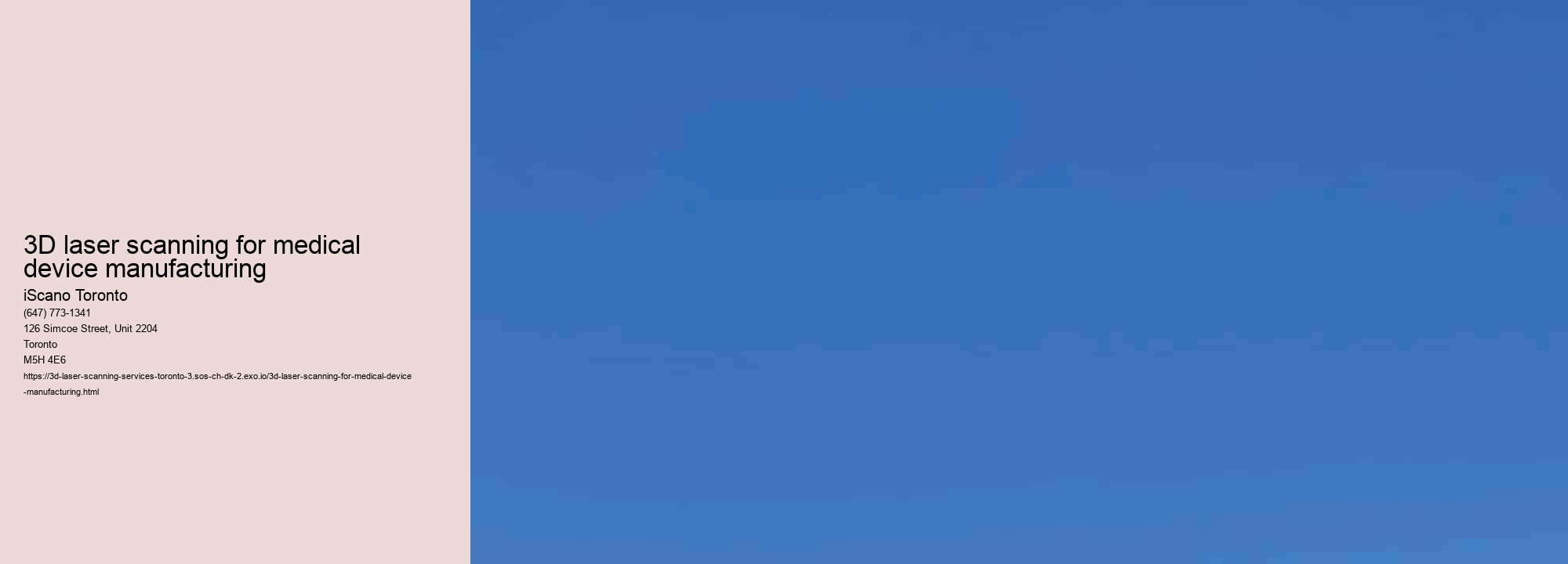Navigating the Future: Just How 3D Laser Scanning Services Are Transforming Industries
Wildlife conservation using 3D laser scanning .Introduction
In the realm of technical development, few technologies have been as transformative as 3D laser scanning services. These innovative tools have actually reinvented sectors by using unrivaled precision, effectiveness, and flexibility. From architecture to archaeology, from producing to medicine, the applications of 3D laser scanning are huge and continually broadening. In this article, we look into the ins and outs of this technology and explore just how it is improving the landscape of various sectors.
Comprehending 3D Laser Scanning
At its core, 3D laser scanning is a non-contact, non-destructive innovation that catches the form, dimension, and information of things or settings by releasing laser beams. These light beams jump off the surface areas they experience, and the scanner gauges the moment it considers each beam to return, thus developing a point cloud—-- a collection of millions of data factors that represent the item'' s geometry in 3 dimensions.
The Benefits of 3D Laser Scanning
One of the main advantages of 3D laser scanning is its unparalleled accuracy. Traditional approaches of dimension usually fall short in catching intricate geometries or elaborate information, resulting in errors and ineffectiveness. With 3D laser scanning, nonetheless, even the most detailed surface areas can be caught with precision down to the millimeter, making sure that every information is accounted for.
Additionally, 3D laser scanning is extremely effective. Unlike standard surveying techniques that can be taxing and labor-intensive, laser scanning allows for fast information acquisition. A solitary scan can capture millions of data factors in a matter of minutes, substantially lowering the time and resources required for data collection.
An additional significant advantage of 3D laser scanning is its non-destructive nature. Unlike physical dimensions or invasive assessment approaches, laser scanning does not need direct contact with the item being checked, protecting its integrity and minimizing the risk of damages.
Applications Throughout Industries
The adaptability of 3D laser scanning has resulted in its prevalent fostering throughout a myriad of markets. In style and construction, as an example, laser scanning is utilized for as-built documentation, clash detection, and developing info modeling (BIM). By properly catching existing conditions, architects and engineers can enhance the layout procedure, minimize errors, and minimize costly rework.
In the manufacturing sector, 3D laser scanning plays an essential function in quality control, reverse engineering, and quick prototyping. By precisely catching the measurements of parts and products, suppliers can determine defects, maximize manufacturing processes, and bring products to market faster.
The impact of 3D laser scanning expands beyond the world of market and right into areas such as archaeology, forensics, and medical care. Archaeologists utilize laser scanning to create in-depth 3D versions of historical sites and artefacts, permitting online conservation and analysis. In forensics, laser scanning is made use of to document criminal activity scenes, accumulate evidence, and rebuild mishaps with unparalleled accuracy. In health care, 3D laser scanning makes it possible for custom prosthetics, orthotics, and implants customized to the unique makeup of each person.
Future Patterns and Technologies
As modern technology continues to breakthrough, the future of 3D laser scanning holds enormous pledge. One emerging pattern is the combination of expert system (AI) and artificial intelligence formulas into scanning software program, making it possible for automated attribute recognition, information analysis, and modeling. This combination not just boosts the rate and accuracy of scanning procedures yet also opens brand-new possibilities for data-driven understandings and decision-making.
Furthermore, innovations in equipment, such as the growth of handheld and mobile scanning gadgets, are making 3D laser scanning extra easily accessible and mobile than ever. These compact and lightweight scanners equip customers to capture information in remote or tough atmospheres, additionally broadening the reach of this transformative innovation.
Final thought
In conclusion, 3D laser scanning services are reinventing markets around the world, offering unmatched precision, effectiveness, and adaptability. From architecture to archaeology, from producing to medicine, the applications of 3D laser scanning are endless. As technology continues to evolve, the future holds even greater assurance, with technologies such as AI combination and portable scanning devices positioned to more broaden the capacities of this transformative modern technology. In navigating the future, 3D laser scanning will certainly remain to be at the center of innovation, improving markets and driving progress in the years to come.
